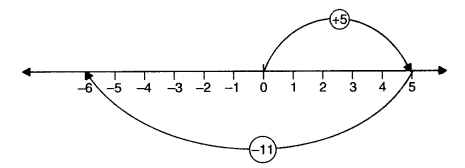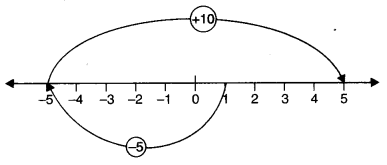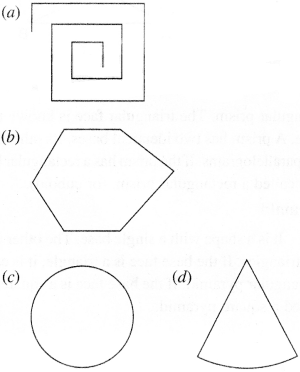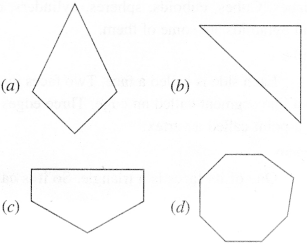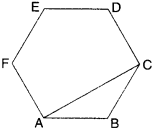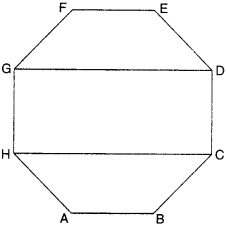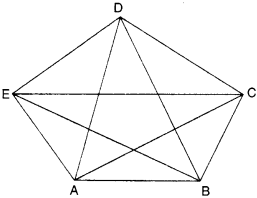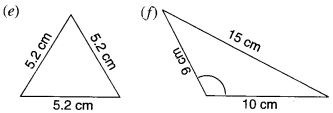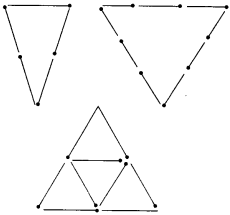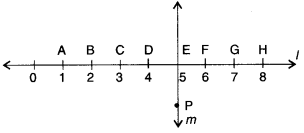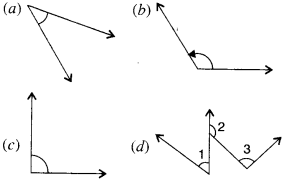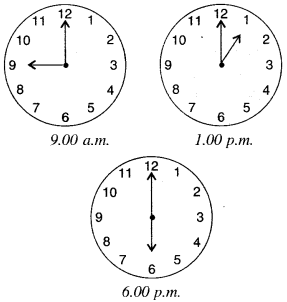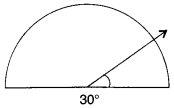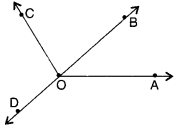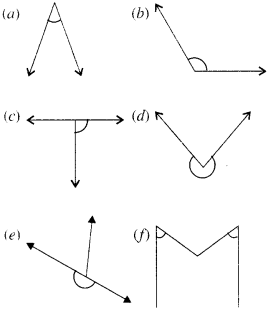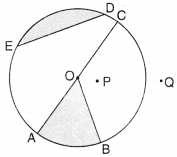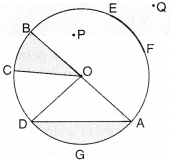NCERT Solutions for Class 6 Maths Chapter 7 Fractions Ex 7.2 are part of NCERT Solutions for Class 6 Maths. Here we have given NCERT Solutions for Class 6 Maths Chapter 7 Fractions Ex 7.2.
- Fractions Class 6 Ex 7.1
- Fractions Class 6 Ex 7.3
- Fractions Class 6 Ex 7.4
- Fractions Class 6 Ex 7.5
- Fractions Class 6 Ex 7.6
| Board | CBSE |
| Textbook | NCERT |
| Class | Class 6 |
| Subject | Maths |
| Chapter | Chapter 7 |
| Chapter Name | Fractions |
| Exercise | Ex 7.2 |
| Number of Questions Solved | 3 |
| Category | NCERT Solutions |
NCERT Solutions for Class 6 Maths Chapter 7 Fractions Ex 7.2
Question 1.
Draw number lines and locate the points on them:

Solution :
(a)

(b)

(c)

Question 2.
Express the following as mixed fractions:
(a) \(\frac { 20 }{ 3 }\)
(b) \(\frac { 11 }{ 5 }\)
(c) \(\frac { 17 }{ 7 }\)
(d) \(\frac { 28 }{ 5 }\)
(e) \(\frac { 19 }{ 6 }\)
(f) \(\frac { 35 }{ 9 }\).
Solution :
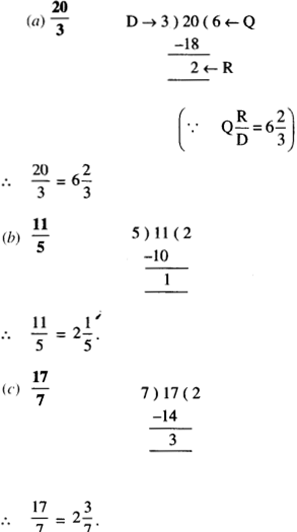
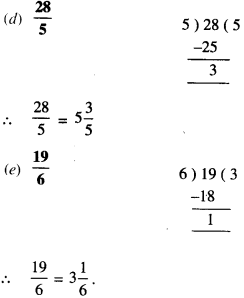
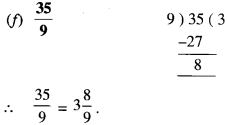
Question 3.
Express the following as improper fractions:

Solution :
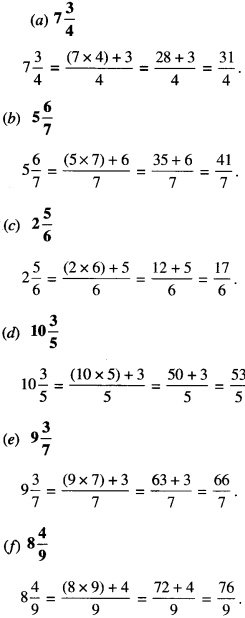
We hope the NCERT Solutions for Class 6 Maths Chapter 7 Fractions Ex 7.2 help you. If you have any query regarding NCERT Solutions for Class 6 Maths Chapter 7 Fractions Ex 7.2, drop a comment below and we will get back to you at the earliest.





